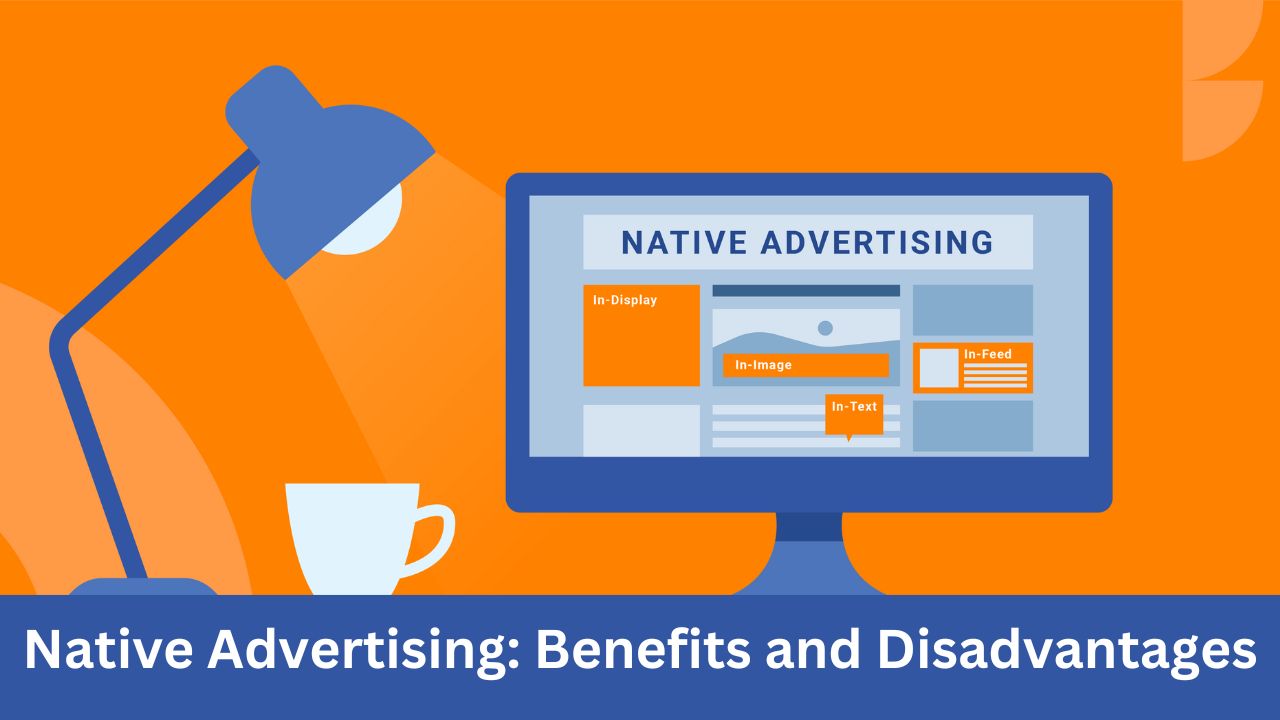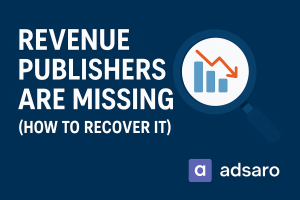Native Ad is a type of online advertising that matches the form and function of the platform on which it appears. Unlike traditional ads, native ads blend seamlessly with the content, appearing as part of the natural user experience. This makes them less intrusive and more engaging, as they provide valuable information in a format that users are already familiar with. Here’s an in-depth look at native ads, their types, benefits, and best practices.
CLICK HERE to learn how to create a successful Native Ad Campaign in ADSARO.
Types of Native Ads
a. In-Feed Ads:
Description: Ads that appear in the content feeds of websites or social media platforms.
Example: Sponsored posts on Facebook, promoted tweets on Twitter, and in-feed ads on Instagram.
b. Search Ads:
Description: Ads that appear at the top of search engine results pages (SERPs) and resemble organic search results.
Example: Sponsored listings on Google Search that match the format of organic results.
c. Recommendation Widgets:
Description: Ads that appear as recommended content at the end of articles or within a content discovery platform.
Example: Recommendations from platforms like Outbrain or Taboola.
d. Promoted Listings:
Description: Ads that appear as product listings on e-commerce sites, designed to look like regular product offerings.
Example: Sponsored products on Amazon or Etsy.
e. Custom Content:
Description: Branded or sponsored content created in collaboration with publishers to match the style and tone of their editorial content.
Example: Sponsored articles or videos on news websites or blogs.
f. In-Ad with Native Elements:
Description: Ads placed outside the editorial feed but with native elements within them, like contextual relevance.
Example: Banner ads that match the design and content of the webpage they appear on.
Benefits of Native Ads

a. Higher Engagement:
Native ads tend to have higher engagement rates compared to traditional display ads because they blend seamlessly with the surrounding content.
b. Improved User Experience:
Native ads are less intrusive, leading to a more positive user experience. Users are less likely to feel interrupted or annoyed.
c. Enhanced Credibility:
Native ads often carry more credibility and trust as they appear as part of the editorial content users are already consuming.
d. Better Performance Metrics:
Native ads often result in better performance metrics, including higher click-through rates (CTR) and conversion rates.
e. Increased Reach:
Native ads can be integrated into various platforms and content types, allowing for a broader reach across different audiences.
Best Practices for Native Ads
a. Relevance and Quality:
Ensure the content of the native ad is highly relevant to the audience and provides genuine value. High-quality content is crucial for engagement.
b. Clear Disclosure:
Clearly disclose that the content is sponsored or an advertisement to maintain transparency and comply with advertising regulations.
c. Consistent Design:
Match the design, tone, and style of the native ad to the platform’s content to create a seamless user experience.
d. Targeting:
Use precise targeting to reach the most relevant audience based on demographics, interests, and behaviors.
e. Performance Tracking:
Monitor the performance of native ads using metrics like CTR, engagement, and conversion rates. Use this data to optimize future campaigns.
f. A/B Testing:
Conduct A/B testing to experiment with different headlines, visuals, and content formats to see what resonates best with your audience.
g. Mobile Optimization:
Ensure that native ads are optimized for mobile devices, as a significant portion of users access content through their phones.
Conclusion
Native advertising is an effective way to engage users by providing valuable content that blends seamlessly with the platform’s natural user experience. By focusing on relevance, quality, and clear disclosure, businesses can leverage native ads to achieve higher engagement, better performance metrics, and a more positive brand perception. Implementing best practices and continuously optimizing strategies based on performance data will help maximize the impact of native advertising campaigns.








[…] gaming industry continues to grow exponentially, and in-game ads are emerging as a powerful way for brands to reach…